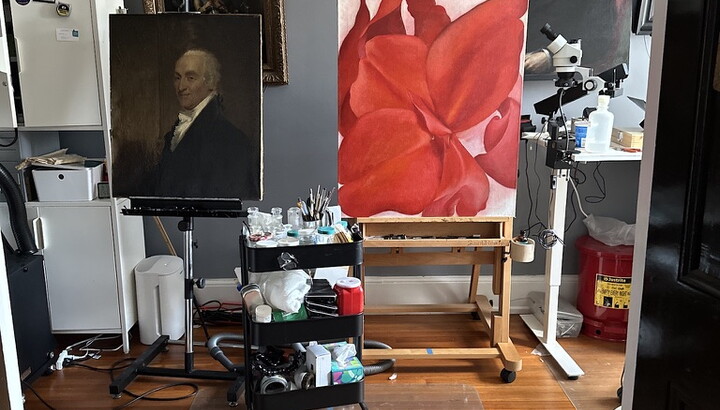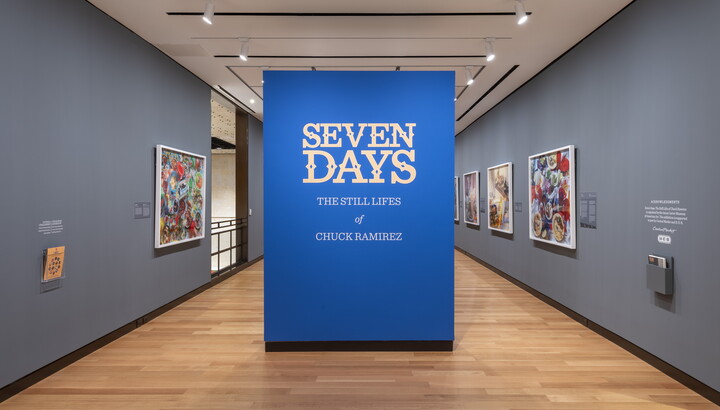The Carter Blog
Carter ARTicles
Universally designed for your visit to the Carter
Oct 09, 2024
We've said it before and we’ll keep saying it: The Carter is committed to creating welcoming experiences for visitors of all ages, abilities, genders, races…well, everyone! With the Carter’s focus on Accessibility, we not only create and facilitate programs that cater to visitors with different abilities, we also develop and incorporate tools that may improve the visit of every visitor, disability or not. This type of design and experience inclusion is called “universal design,” in that our art and offerings can be accessed and enjoyed to the greatest extent by the most people.
A famous example used to illustrate the concept of universal design is the dip in sidewalk curbs at crosswalks. Initially developed for people using wheelchairs to safely and efficiently cross the street, others with low/no vision, pushing a stroller, walking an aging dog, and more, find this curb ramp easier to navigate. At the Carter, universal design takes on several appearances. You may notice large print label booklets in almost every gallery. First placed out help those with low vision who might have trouble reading wall labels, we’ve found that visitors who can’t stand for a long time, have learning disabilities like dyslexia, or use English as a second language can take advantage of this offering just the same. Similarly, the captioning on all the videos the Museum plays on social media and in-gallery, are not just for people who are Deaf or hard of hearing but are helpful if the volume isn’t on or English is a second language and viewers want to read along. Other examples include entry and bathroom doors that open with the push of a button, stepstools in the bathrooms, benches and stools in the galleries, and the list goes on.
You can also expect universal design features before you even step foot in the building. One example includes our website offering alternative text (or alt text), which has the primary use of aiding those who need screen readers but comes in handy for other users when images aren’t loading to a smart device because of poor service. In another instance, we recently updated our “social narrative” on our visit webpage that specifically targeted families with children on the autism spectrum to be a “Know Before You Go” which still accommodates that audience, but now may assist more visitors (think first-time visitors, people who love to plan, those with anxiety of an unfamiliar space, visitors with children) when planning a trip.
Even on the chance there is an emergency evacuation, our staff has been beefing up on evacuation procedures that go over specific protocol for visitors with all types of special needs. Knowing that we can provide the same level of safety to all people is essential. That said, fingers crossed we never actually have to put it into practice.
Whether people rely on certain tools to navigate the world or discover that tools we offer improve their time here, it is our promise that we will continue to incorporate universal design in any opportunity we can.




